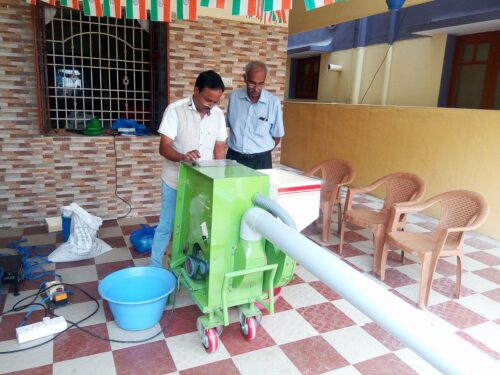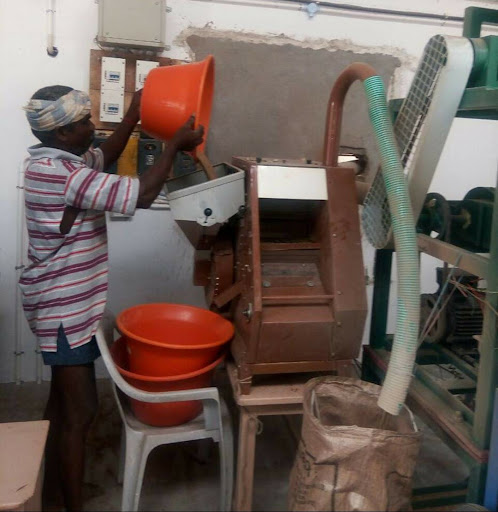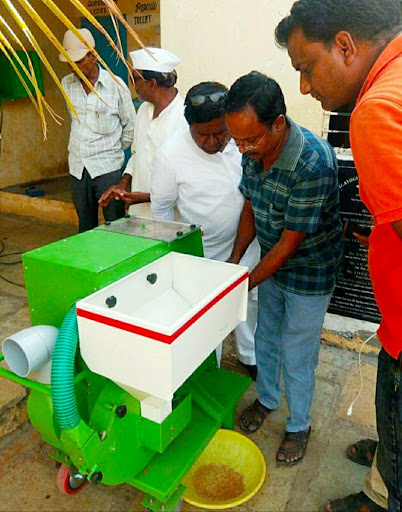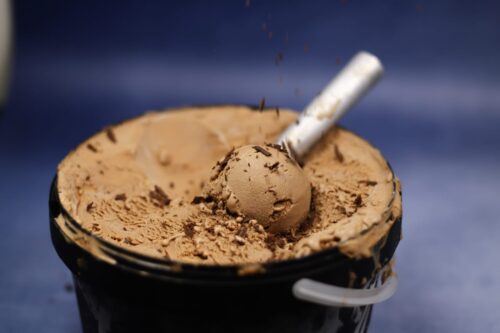“I travelled across the manufacturing hubs and requested several companies to commercialize my millet dehuller prototype. However, it was a bitter experience though as decades old firms did not show interest in my model, rather they preferred to stick to their inefficient machines. After months of such failed trials, I decided to manufacture & market the product by myself. It worked well. And oh yes! Today, our machine is serving more than 76 millet farmer communities with high quality dehulling processing units in 19 states, ” told Saravanan, who is the brain behind this machine.
Millets are well-known as super grains or ‘Nutri-cereals’ due to their nutritional value and climate resilience. Millets are classified into two types: Major millets and Minor millets based on their grain size. Sorghum, pearl millet, finger millet are called major millets; and foxtail, little, kodo, proso and barnyard millet are considered minor millets. The modern dietary habits pushed away millets for years, however during the last decade there has been significant attempts by several social organizations to bring the millet grains back into the diet. Promoting millet is a win-win for both farmers and consumers. Millets are good for our health, for the environment, for the soil, flora and fauna and hence good for the planet. Despite such advantages, it is not an easy walk for organizations when the post harvest technologies and value chains are not fully evolved.
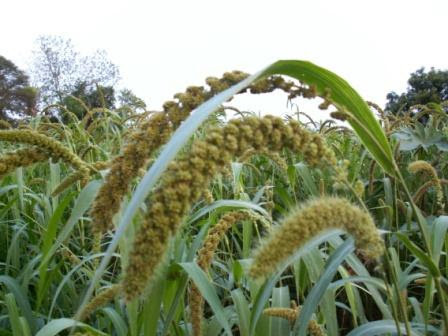
KONICA MINOLTA DIGITAL CAMERA 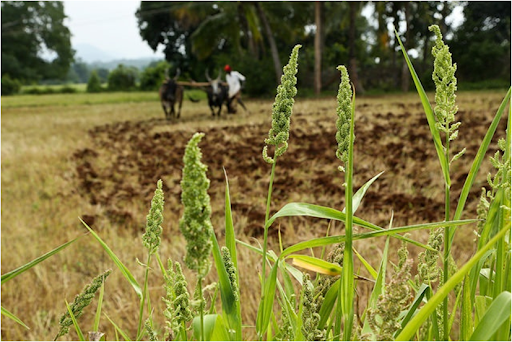
According to Saravanan, farmers used to depend on manual labor or on rice dehuller for millet processing. However, the use of paddy rice dehuller (using abrasive force) is not feasible for small millets as small millets differ in shape and size from paddy. Henceforth, it affects the entire millet value chain opportunities. Most of these machines do not work with a single phase power supply which is the only power source available in remote & hilly predominantly millet growing regions. So, it was really challenging times for small millet farmers when relevant processing technologies were not available. So, it motivated him to pursue R&D on a small millet processing technology.
SMF-V2
SMF-V2 is a compact, energy efficient, portable, gender friendly small millet huller developed by Saravanan as part of the ‘scaling up small millet post-harvest and nutritious food products’ Project started by the Small Millet Foundation. It is one of the most efficient dehullers available in the market which can process up to 450 kg/hour based on the type of the millet while running on a 1HP single or three phase motor. Other machines available in the market required 5 HP to 7 HP motors to process the same quantity and so consume more power. Another state of the art feature is that it can process smaller quantities, even 1-2KG. The total weight of the machine is below 100Kg and easy to operate for everyone with low noise. It also has wheels on one side making it portable requiring no foundation or base work and can be lifted with a handle at the other side and moved from one place to another easily. Unlike other bulky machines it has very good safety features and is totally women friendly.
“Professionally, I am an Agri Engineer. In 2012, I joined DHAN Foundation and worked in Maharashtra implementing CAIM (Convergence of Agricultural Interventions in Maharashtra Distressed Districts) Programme for four years, and then moved to Tamilnadu to implement ‘scaling up small millet post-harvest and nutritious food products’ project. One of the main objectives of the project was to scale up the reach of dehulling machines. During the intensive field visits, I understood the vulnerabilities of millet growing farmers due to post harvesting challenges and found that whatever machines had been previously distributed by the Government or NGOs under various schemes were lying idle due to various factors like the machines not being efficient, current supply mismatch, not gender friendly, no follow-up after installation etc. So, I decided to develop a dedicated dehuller which should be gender friendly, portable in nature. Single phase power compatible with high efficiency dehulling capabilities and good capacity. I am quite lucky though as the DHAN Foundation always supported me to keep full focus on research and development. And Yes! Today we have the one of its kind dehuller which gives more than 95 percent of hulling efficiency for all small millets while drastically reducing the broken grain percentage with retained colorization. I am happy to share that many farmers, entrepreneurs, Krishi Vikas Kedras (KVKs) and several private and public institutions from all over the country are using our machine today.” Seeing the success of this machine IIMR (Indian Institute of Millet Research, Hyderabad) has joined hands with DHAN Foundation for further research and development on harvesting and postharvest machines for millets.
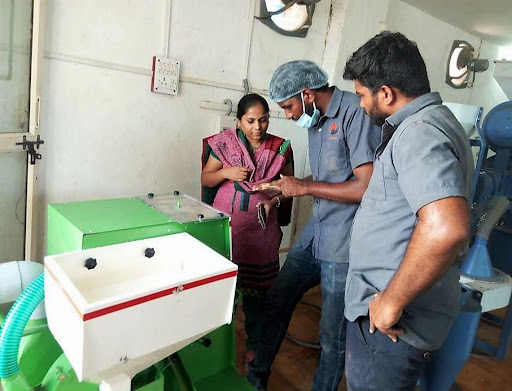
SMFV2 demonstration 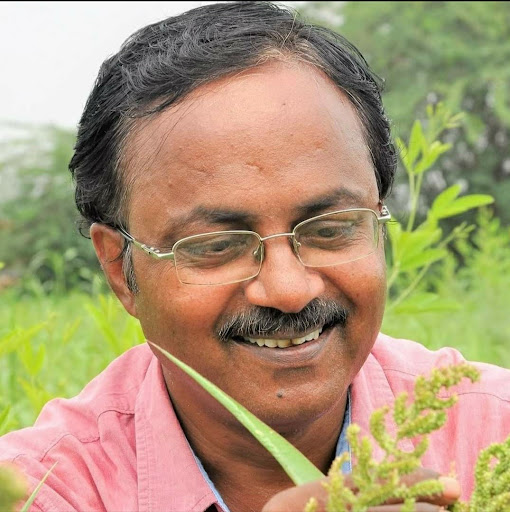
Mr. Saravanan
“We are continuing our research to enhance machine capabilities with solar energy and other power sources. For instance, in some states like Arunachal Pradesh, even the single phase power access is also a big challenge. So we started focusing on renewable power sources for machines and we have developed a custom built petrol driven SMF V2 Dehuller for such regions. Our dehuller is specially crafted in terms of design, safety, laser cuttings and manufacturing. However, our machine design is not patented. So, If anyone is willing to commercialize for the benefit of farmers, we will be so happy for them” he concluded.
Saravanan has also developed India’s first Table-top all small millet dehuller and is working on 1-1.5 ton dehuller for medium scale enterprises and a mixie version for households to cater to the segments which are still lagging.
The Agri Engineer Saravanan is using efficient food value chain technology to promote ecologically feasible nutritious millet grains; and further to catalyze food diversity.
So, what is your tool for food value chain development? Share your green story!


